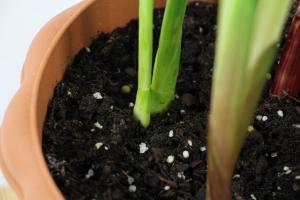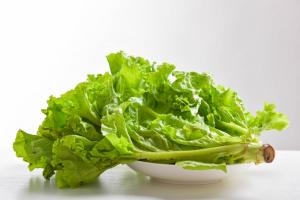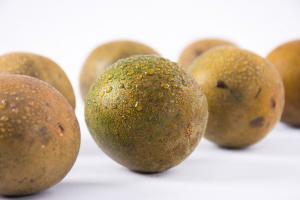How Often Should I Fertilize Outdoor Potted Plants?
Outdoor potted plants require proper fertilization to maintain their growth and health. However, proper fertilization can vary depending on the type of plants, the soil quality, and the environment. In this article, we will discuss how often you should fertilize outdoor potted plants.
Factors to Consider
Before deciding on a fertilization schedule for your outdoor potted plants, it’s essential to consider the following factors:
Type of plant: Different plants have different nutrient requirements. For instance, flowering plants need more phosphorus than other types of plants.
Soil quality: The soil in the pot may not contain enough nutrients, which may require more frequent fertilization.
Environmental conditions: The amount of sunlight and moisture that your potted plants receive can affect their nutrient requirements.
Fertilization Frequency
The frequency of fertilization depends on the type of fertilizer you use. There are two main types of fertilizers: slow-release and liquid fertilizers. Slow-release fertilizers can last for up to three months and require less frequent applications. On the other hand, liquid fertilizers need to be applied more frequently, typically every one to two weeks.
Regardless of the type of fertilizer, it’s essential to follow the manufacturer's instructions on the label carefully. Over-fertilization can lead to burnout, which can damage or kill your plants.
Signs Your Plants Need Fertilization
Outdoor potted plants may need fertilization when they show the following signs:
The leaves turn yellow or pale green
The growth rate slows down, or the plant stops growing
The plant produces few or no flowers or fruits
However, it’s important to note that these signs may also indicate other issues, such as disease or pests, so it’s best to ensure that you’re properly diagnosing the problem before adding fertilizer.
Fertilizer Dosage
The dosage of fertilizer depends on the type of fertilizer and the size of the pot. Over-fertilization can damage your plants, so it’s essential to follow the manufacturer's instructions on the label. As a general guideline, you can use the following dosage:
Slow-release fertilizer: About one tablespoon per six-inch pot.
Liquid fertilizer: Dilute the fertilizer as per the manufacturer's instructions, typically about one to two teaspoons per gallon of water.
Conclusion
Fertilizing your outdoor potted plants is critical to maintaining their growth and health. The frequency of fertilization depends on the type of plant, soil quality, and environmental conditions. Slow-release fertilizers require less frequent applications compared to liquid fertilizers, but it’s essential to carefully follow the manufacturer's instructions on the label to avoid over-fertilization. Remember to look out for signs that your plant needs fertilization and to properly diagnose any issues before adding fertilizer.

 how many times do yo...
how many times do yo... how many planted tre...
how many planted tre... how many pine trees ...
how many pine trees ... how many pecan trees...
how many pecan trees... how many plants comp...
how many plants comp... how many plants can ...
how many plants can ... how many plants and ...
how many plants and ... how many pepper plan...
how many pepper plan...






























